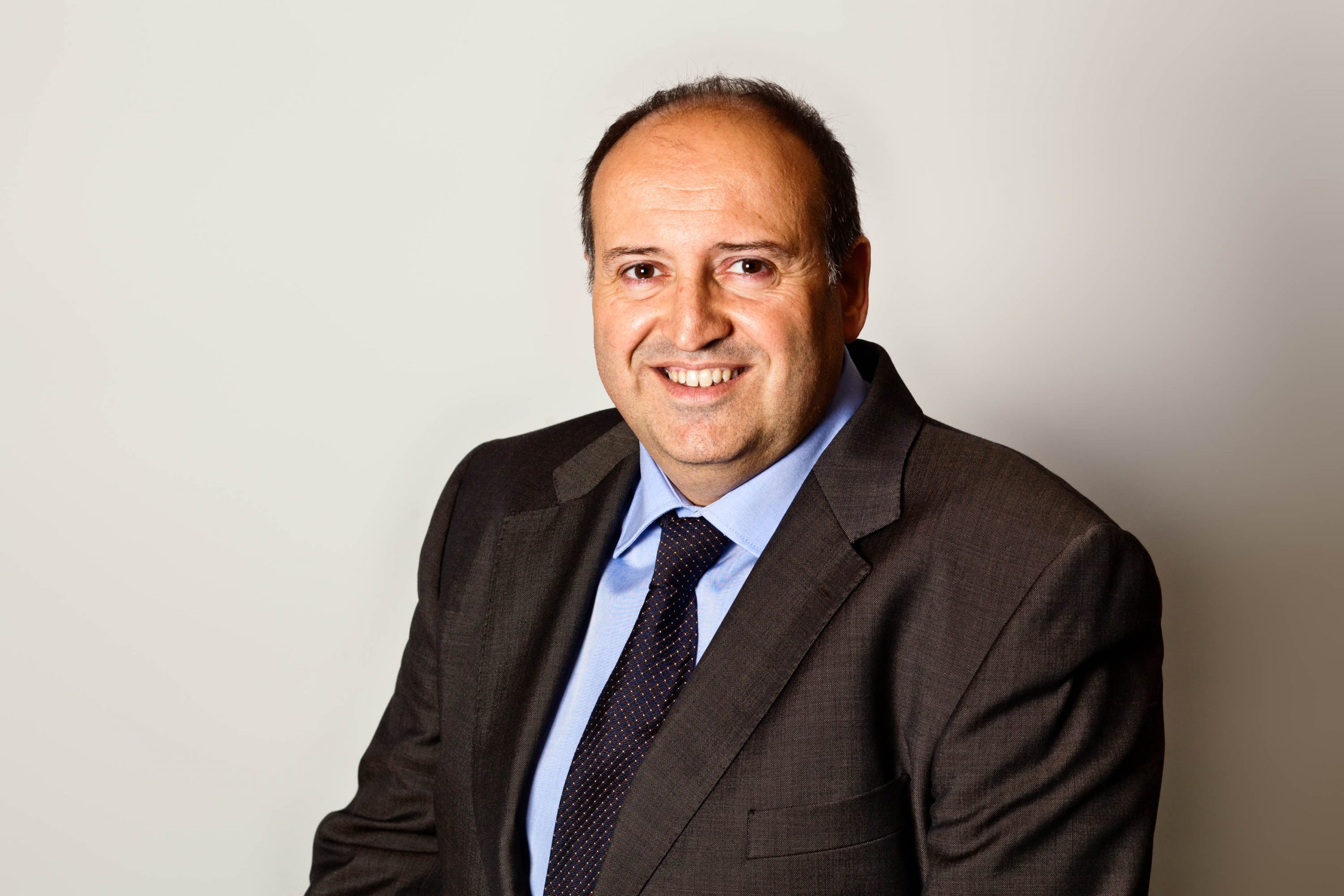At the start of 2019, we saw a rally in risk assets thanks to the fact that investors have been focused on the more dovish signals coming from the central banks rather than on the weakening growth trend. Recently, the OECD warned that economic outlooks were now weaker in almost all G20 countries, particularly in the euro zone, with the heaviest negative impact being seen in Germany and Italy. The organisation also lowered global growth by -0.2% to 3.3%.
In the last meeting of the ECB, Draghi indicated a weak environment full of uncertainty: the rise in protectionism that has brought about a slowdown in trade and global production; political risk, with an emphasis on Brexit; and the vulnerability of the emerging markets, in particular China. In this regard, Draghi announced new measures. These included maintaining rates unchanged until at least the end of 2019 (in a previous address there had been talk of this going on until the summer. As it is, Draghi will be the first ECB president not to change rates as his mandate ends in October), and a further series of targeted longer-term refinancing operations (TLTRO-III), which would begin in September 2019 and run until March 2021 with a maturity of two years and with a view to facilitating the continued flow of credit in the economy.
The extraordinary measures implemented by the main central banks to overcome the financial crisis are set to take hold. The Fed, which had begun monetary normalization, stopped the expected rate hikes in their tracks and it intends to bring an end to its balance sheet reduction sooner than planned; the Bank of Japan is continuing with quantitative easing and has kept rates around 0% for the last 10 years; and the ECB is implementing new measures in the hope of making the euro zone economy more resistant.
Although the central banks remain cautious in sticking to monetary normalisation, it seems that the available margin is smaller than when they began. Note the evolution of Draghi’s words, which have gone from his famous saying in 2012: “The ECB will do whatever it takes to preserve the euro, and believe me, it will be enough”, to his words in the last ECB meeting in March 2019 with reference to the economic context: “In a dark room you move with tiny steps. You don’t run, but you do move”. Can you see the difference? It was possible to run at the start, but now we can only take tiny steps.
Better coordination between fiscal and monetary policy would be helpful to the economy during a slowdown. In the US, Trump has already implemented an expansionist fiscal policy following years and economic growth and, in Europe, depending on the results of the European elections in May, there may be more pressure to adopt these fiscal benefits despite the mechanisms agreed to by European countries to contain the deficit and control the debt.
But nowadays the debate in the US focuses on the so-called Modern Monetary Theory, the greatest defenders of which come from within the Democratic party (Bernie sanders, who is leading the polls for the US presidency, and Alexandria Ocasio-Cortez, well-known activist and bright new star in Congress). They essentially propose printing money (or nowadays simply pressing a button) and, instead of buying bonds like during QE, using it to finance social, environmental and infrastructure projects and the like. Proponents of this theory argue that provided they borrow in their own currency and they can print money to cover their obligations, they cannot fail and the limit would depend on rising inflation.
In this scenario, in which fiscal spending would be injected directly into the real economy instead of using a more indirect QE route, inflation should rise. However, everything we know about macroeconomics is being called into question because, until now, the deficits have not caused out-of-control inflation or a flight from the bond markets. Even with this in mind, it seems reasonable that implementing these measures would mean higher debt, which would affect the solvency of countries. Also, with more debt, rates would move upwards and affect bonds and the assets that would predictably do better would be real estate and investments in infrastructure or commodities like gold.
Column by Josep Maria Pon, Director of Fixed Income and Monetary Assets at Crèdit Andorrà Asset Management. Crèdit Andorrà Financial Group Research.


